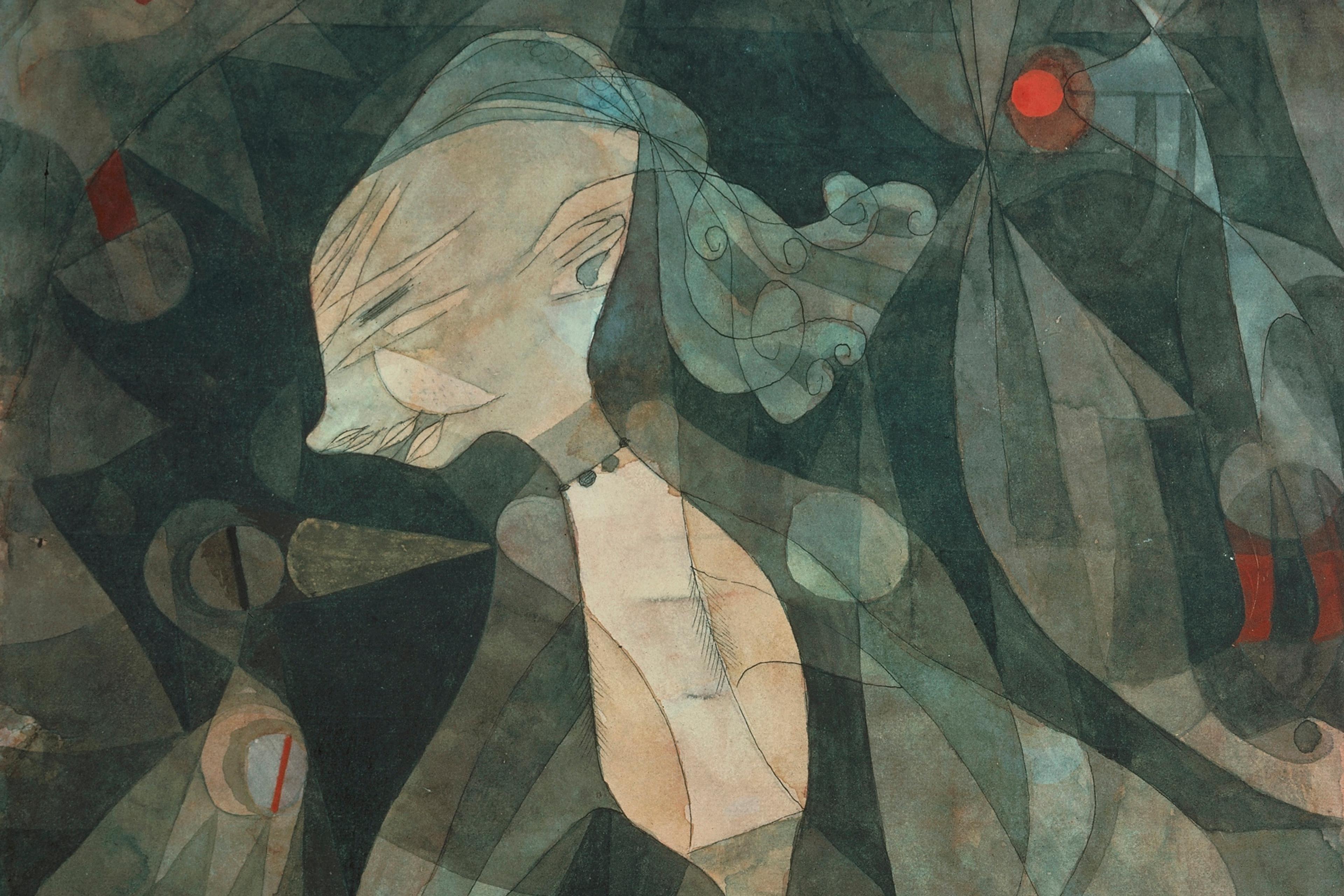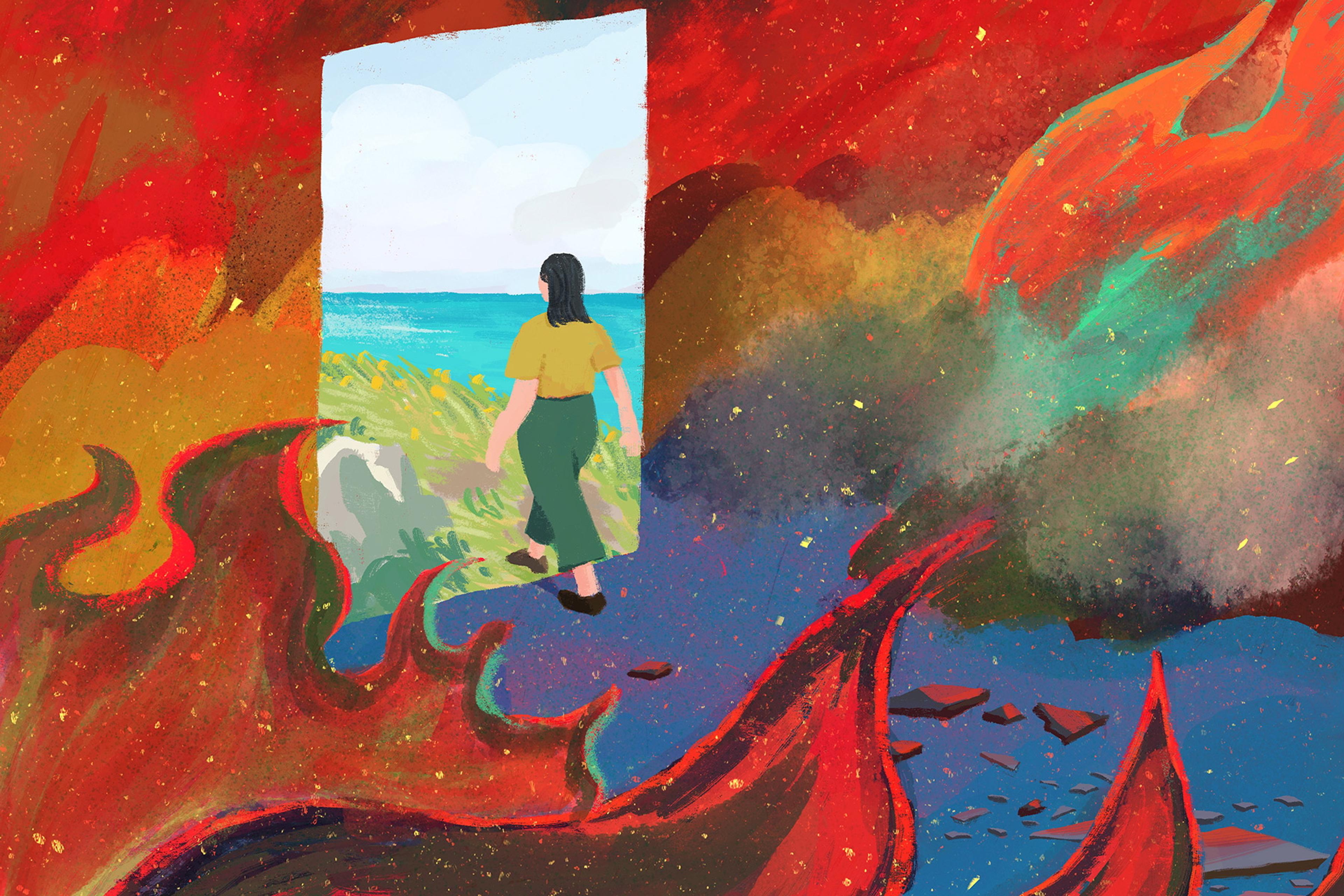For anyone who is unfamiliar with obsessive compulsive disorder (OCD) – or who knows about it only through TV or movies – it might seem like a collection of quirks, random tics or an undue focus on organisation. In reality, people with OCD can feel like prisoners of their own minds. They are tormented by thoughts, images and urges that can seem irrational even to them, but that demand a response. For example, someone concerned about germs in their food might avoid eating all but specific foods, use elaborate rituals to eat them, and wash their hands until their skin is red and raw. Another person might experience chronic doubts about safety – What if I left the house unlocked? – prompting them to check and repeatedly lock, lock and lock doors again.
Also common, but even less well known about, is the version of OCD where people experience thoughts and images that are incredibly abhorrent to them. Often, they are related to themes such as sex, violence and religion. These unwanted intrusions continue despite a person’s attempts to push them away or replace them with another thought. For example, a new parent might experience recurrent and distressing thoughts about violently harming their infant child. This may lead to compulsive responses such as seeking reassurance that they could never do such a thing, or even avoiding being alone with the child.
It’s not that thoughts like these are unique to people with OCD. There is actually evidence that almost everyone experiences OCD-like intrusive thoughts sometimes, but they tend to not talk about them. For example, one study found that around half of participants reported occasional, unwanted thoughts of swerving into traffic or thoughts about authority figures being naked. In one of our studies, conducted in samples of university students across 13 different countries, more than 90 per cent of individuals reported occasional OCD-like thoughts. Psychological approaches to treating OCD suggest that what distinguishes someone who has the disorder is not the mere existence of such unwanted thoughts, but rather that they respond more negatively to such thoughts. While everyone has unwanted thoughts, most people will find such thoughts a little unpleasant and be able to shake them off. Someone with OCD, though, will feel a responsibility and a need to act on the thought, as if to ward off danger.
The themes of these intrusive thoughts are not haphazard; they often relate to concerns about personal culpability or morality. In fact, people with OCD tend to be gentle and scrupulous, often having what’s been called a ‘tender conscience’. A person’s specific symptoms are commonly linked to themes that are particularly triggering for them, personally. As a therapy client once summarised it, OCD ‘hits you where it hurts’. For someone who cares deeply about being a good parent, that might mean intrusive thoughts about harming his child. Someone who is highly religious might get stuck on thoughts and images that feel blasphemous. And for a person who is worried about being a faithful partner, unwanted sexual thoughts could be the most prominent ones.
Observations like these have led us and other researchers to explore the role of concerns about one’s self in OCD. We’ve drawn upon a rich tapestry of research in social psychology focused on depression and on anxiety more broadly. This work suggests that when someone’s view of themselves is different from who they ideally want to be (their desires and wishes for themselves) it can lead to dissatisfaction and depression. In contrast, when someone’s view of themselves falls short of who they think they ought to be (their obligations and responsibilities) it can lead to anxiety. In OCD, however, we find that the focus is not necessarily on the possible selves that people want to or ought to be, but rather on who they should not be – the feared self.
The thoughts, images and urges that torment someone with OCD are not based in reality. But for the person who has them, the sense that they could even possibly be true or say something meaningful about one’s true self leads to intense distress. Their responses can be seen as an attempt to escape the feared self. To build on the example introduced earlier, a tender-hearted father who fears the possibility that he is (or could become) a violent person might have a sudden, unwanted thought about harming his child – which reinforces his fear. He might compulsively respond by attempting to replace the thought with a different one, by leaving the room where his child is, or by scrutinising the thought and trying to make himself feel certain that he isn’t really violent. He’ll also be on guard for future thoughts. Paradoxically, though, all this vigilance can actually increase the frequency of troubling thoughts, the distress they cause, and the attempts to neutralise them.
Around 80 per cent of participants reported having OCD-like intrusive thoughts
An early study on this subject asked people with OCD, people with other forms of anxiety, and additional participants about their possible selves. The individuals with OCD stood out due to their identification with a ‘dangerous self’ theme – concerning the possibility of being out-of-control, or of causing harm to others directly or indirectly (by failing to prevent it). This reflected a suspicion that they were potentially bad, evil, dangerous, immoral or insane, despite the lack of evidence that this was true. Multiple studies now provide evidence for the importance of a feared self in OCD. Even among those not diagnosed with the condition, the fear of one’s possible self is associated with OCD symptoms.
Nevertheless, one can ask if having a feared self actually drives the symptoms of OCD, or if it is simply a consequence of the distressing thoughts. Some of our recent work has been aimed at addressing this question. In one study, we gave people a series of smartphone prompts for two weeks, asking about their experiences of intrusive thoughts. Though the study did not focus only on people with OCD, around 80 per cent of participants reported having OCD-like intrusive thoughts, including intrusions relating to doubt, contamination, harm or sexual, immoral or religious themes.
We found that people who more strongly endorsed feared-self beliefs (eg, ‘I’m afraid of the kind of person I might become if I’m not very careful’) reported a greater number of OCD-like thoughts – as well as greater distress about the thoughts, urges to respond to the thoughts, and need to control the thoughts. When we gave study participants daily prompts that either reminded them about their feared self or instead asked them about sports, those reminded of their feared self subsequently reported a greater urge to respond to their intrusive thoughts. This and other studies are providing evidence that a feared self worsens the experience of intrusive thoughts, rather than just reflecting them.
Researchers are also exploring how the feared self relates to other beliefs in OCD, in order to better understand how this complex disorder works; how the feared self relates to different presentations of OCD; and even how it relates to other disorders, such as eating disorders and body dysmorphic disorder. An individual with these disorders might restrict their food intake or repetitively check their mirror for physical flaws in part because they are trying to avoid a feared self that they imagine as malformed.
Encouragingly, reductions in one’s fear of self are associated with improvements in OCD symptoms, in particular those related to ‘repugnant’ themes (eg, blasphemous, aggressive, or sexual intrusive thoughts). This suggests that directly targeting the feared self in treatment may bring relief for someone with OCD or OCD-like symptoms. While more research is required to understand how best to do this, some existing approaches show promise.
In our clinical work, we have found that thinking about the concept of a feared self with a therapist may help someone to understand why certain obsessive thoughts stick with them – and to challenge the idea that such obsessions mean they are actually a bad, corrupted or dangerous person. It can help them recontextualise obsessive thoughts as untrue narratives that arise around a feared self. It can also help reduce the motivation to perform compulsive responses to the thoughts, as it becomes easier to see that compulsions are not removing any real-life danger, but are rather attempts to distance the individual from their feared self. With a therapist’s support, individuals can then learn to better tolerate uncertainty about the self, challenge black-and-white moral beliefs, and work to be more compassionate towards themselves.
Another way to target the feared self might be to cast doubt on its very possibility, helping someone examine the evidence for and against its existence, but without engaging in compulsions – a common technique in cognitive behavioural therapy (CBT) called cognitive restructuring. Inference-based CBT, which was developed to treat people with OCD, also has ways of lowering the credibility of a feared self, helping the individual understand how they constructed this narrative around their self-concept through reasoning and the imagination. Ultimately, the aim is a realisation that the feared self is just one of many stories that we can tell about ourselves.








